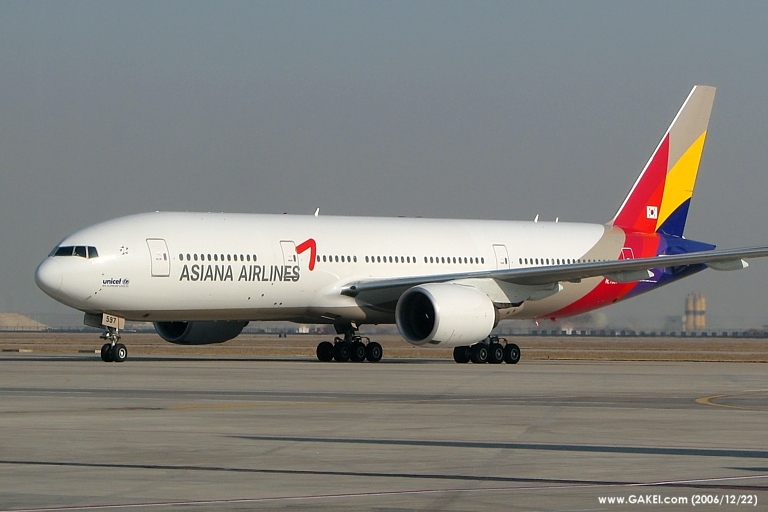 WH Accused of Faking Iraq-al Qaida Letter
WH Accused of Faking Iraq-al Qaida Letter
August 05, 2008 Associated Press WASHINGTON - The White House and the CIA on Tuesday adamantly denied a report that the Bush administration concocted a fake letter purporting to show a link between Saddam Hussein's regime and al-Qaida as a justification for the Iraq war.
The allegation was raised by Washington-based journalist Ron Suskind in a new book, "The Way of the World," published Tuesday. The letter supposedly was written by Tahir Jalil Habbush al-Tikriti, director of Iraqi intelligence under Saddam Hussein.
"The White House had concocted a fake letter from Habbush to Saddam, backdated to July 1, 2001," Suskind wrote. "It said that 9/11 ringleader Mohammad Atta had actually trained for his mission in Iraq thus showing, finally, that there was an operational link between Saddam and al-Qaida, something the vice president's office had been pressing CIA to prove since 9/11 as a justification to invade Iraq. There is no link."
Suskind said the letter's existence had been reported before, and that it had been treated as if it were genuine.
Denying the report, White House deputy press secretary Tony Fratto said, "The notion that the White House directed anyone to forge a letter from Habbush to Saddam Hussein is absurd."
Fratto and former CIA Director George Tenet also rejected Suskind's allegation that the U.S. had credible intelligence, before the 2003 invasion of Iraq, that Saddam did not possess weapons of mass destruction. It was supposedly British intelligence, based on information from a senior Iraqi official.
Fratto said U.S. and other intelligence agencies believed Saddam harbored such weapons and that Saddam had tried to make his neighbors believe he had them. In the end, no such weapons were found, undercutting Bush's main reason to go to war.
"We know now that those estimates were wrong, but they were the estimates we all relied on," Fratto said. "Regardless, military force in Iraq was used because Saddam Hussein defiantly failed to comply with the 17 UN Security Council resolutions Iraq was subject to."
Tenet, in a statement distributed by the White House, also issued a denial about the supposedly fake letter. "There was no such order from the White House to me nor, to the best of my knowledge, was anyone from CIA ever involved in any such effort," he said.
"It is well established that, at my direction, CIA resisted efforts on the part of some in the administration to paint a picture of Iraqi-al-Qaida connections that went beyond the evidence," Tenet said. "The notion that I would suddenly reverse our stance and have created and planted false evidence that was contrary to our own beliefs is ridiculous."
Tenet also challenged Suskind's assertion that the U.S. ignored intelligence that Saddam did not have weapons of mass destruction.
"As Mr. Suskind tells it," Tenet said, "the White House directed (and CIA allegedly went along with) burying that information so that the war could go ahead as planned. This is a complete fabrication. In fact, the source in question failed to persuade his British interlocutors that he had anything new to offer by way of intelligence, concessions, or negotiations with regard to the Iraq crisis and the British on their own elected to break off contact with him."
Tenet said that "there were many Iraqi officials who said both publicly and privately that Iraq had no WMD but our foreign intelligence colleagues and we assessed that these individuals were parroting the Baath party line and trying to delay any coalition attack. The particular source that Suskind cites offered no evidence to back up his assertion and acted in an evasive and unconvincing manner."
The Associated Press and other major news organizations widely reported in November 2003 details of last-ditch efforts by a frantic Iraqi regime to avert war just days before the U.S. invasion by sending messages to the Pentagon that Iraq had no mass weapons.
At the time, senior U.S. defense and intelligence officials dismissed the effort as a stalling tactic.
 China rolls out naval variant of Z-9 helo armed with new anti-ship missile
China rolls out naval variant of Z-9 helo armed with new anti-ship missile 














